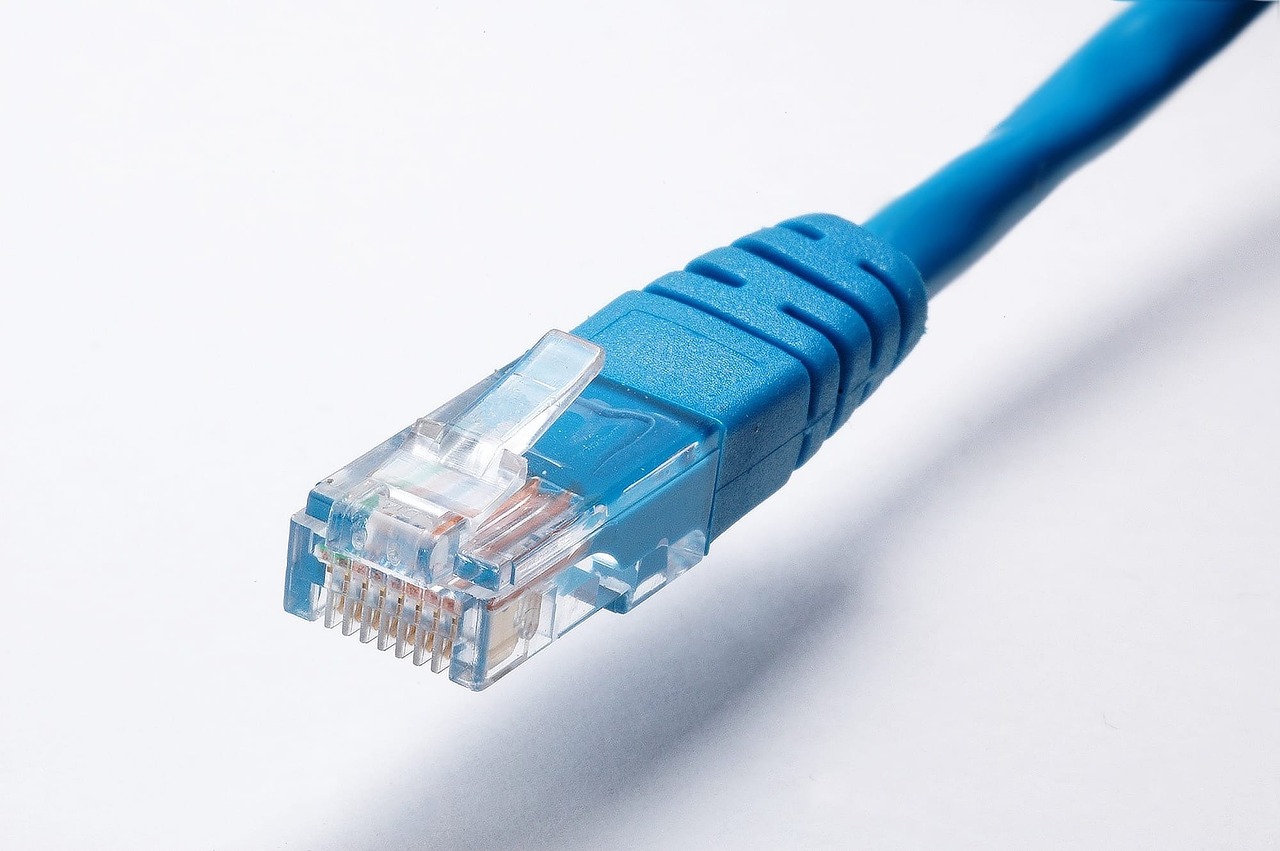When setting up a network, the type of Ethernet cable you choose can significantly impact performance and reliability. Among the most commonly discussed cables are Cat5 and Cat5e. In this blog post, we will delve into the differences between Cat5 vs Cat5e wiring, exploring their applications, performance characteristics, and why choosing a local and reputable company like Tidy Services for your low voltage wiring needs is crucial.
What is Ethernet Wiring?
Ethernet wiring forms the backbone of most modern data networks, connecting computers, routers, switches, and other devices to enable communication and data transfer. These cables are designed to carry electrical signals that represent data and come in various categories, each with specific performance standards.
Cat5 Wiring: An Overview
Cat5, short for Category 5, is an older type of Ethernet cable that was widely used in the late 1990s and early 2000s. It supports network speeds of up to 100 Mbps (megabits per second) and frequencies up to 100 MHz. While Cat5 cables were revolutionary at their time, they have become largely obsolete due to advancements in networking technology.
Key features of Cat5 include:
- Supports up to 100 Mbps network speeds
- Maximum frequency of 100 MHz
- Typically uses unshielded twisted pair (UTP) design
- Suitable for basic networking tasks that doesn’t require high throughput
Cat5e Wiring: Enhanced Performance
Cat5e, or Category 5e (the ‘e’ stands for ‘enhanced’), is an improved version of Cat5. It was introduced to address the limitations of Cat5 cables and to support higher data transfer rates. Cat5e cables can handle network speeds of up to 1 Gbps (gigabit per second) and frequencies up to 100 MHz, similar to Cat5, but with better performance due to reduced crosstalk and improved signal quality.
Key features of Cat5e include:
- Supports up to 1 Gbps network speeds
- Maximum frequency of 100 MHz
- Improved crosstalk performance
- Better suited for high-speed networks
Networking Speeds and Cable Types
The choice between Cat5 vs Cat5e can significantly impact your network’s speed and performance. While both cables support up to 100 MHz frequencies, the enhanced design of Cat5e allows for higher data transfer rates and reduced interference. This makes Cat5e a better choice for modern networks that require higher speeds and more reliable connections.
Length Limitations
Both Cat5 and Cat5e cables have a maximum length of 100 meters (328 feet) for optimal performance. Exceeding this length can lead to signal degradation and reduced data transfer speeds. For applications requiring longer distances, network switches or repeaters can be used to maintain signal integrity.
Importance of Choosing a Local and Reputable Company for Low Voltage Wiring
Low voltage wiring, which includes Ethernet cabling, is critical for setting up robust and reliable data networks. When installing or upgrading your network, it’s essential to choose a reputable local company like Tidy Services. Here’s why:
- Expertise and Experience: Reputable companies have the necessary experience and expertise to handle complex wiring projects, ensuring high-quality installations that meet industry standards.
- Local Knowledge: Local companies understand the specific needs and regulations of the area, providing tailored solutions that are compliant with local codes and requirements.
- Customer Service: Proximity allows for better customer service, including faster response times for troubleshooting and maintenance.
- Quality Assurance: Companies like Tidy Services are committed to their reputation and customer satisfaction, ensuring they use high-quality materials and employ skilled technicians.
Low Voltage Wiring Applications
Low voltage wiring extends beyond just Ethernet cables and data networks. It plays a crucial role in various applications, including:
- Data Networks: The backbone of any IT infrastructure, low voltage wiring ensures reliable and fast data transfer between devices.
- WiFi Access Points: Proper cabling is essential for connecting WiFi access points, providing seamless wireless connectivity throughout a building.
- Security Cameras: Low voltage wiring is used to connect security cameras to network video recorders (NVRs) or cloud storage, enabling surveillance and monitoring.
- Door Control Systems: Access control systems, including electronic door locks and entry systems, rely on low voltage wiring for operation and integration with security systems.
Choosing the right type of cabling and ensuring it is installed correctly is critical for the performance and reliability of these systems. Read more about low voltage wiring here.
Conclusion
In the debate of Cat5 vs Cat5e, the latter emerges as the superior choice for most modern networking needs. With higher data transfer rates, improved signal quality, and better performance, Cat5e cables are well-suited for today’s high-speed networks. However, the success of your network setup depends not just on the type of cable used, but also on the quality of installation. This is where a reputable company like Tidy Services becomes indispensable.
By choosing Tidy Services for your low voltage wiring needs, you ensure that your network is installed to the highest standards, providing reliable and efficient performance. Whether it’s setting up data networks, connecting WiFi access points, installing security cameras, or integrating door control systems, Tidy Services has the expertise and local knowledge to deliver exceptional results.
Remember, the quality of your network infrastructure can significantly impact your business operations and overall productivity. Invest in the best by opting for Cat5e wiring and relying on trusted professionals for your installation needs.
For more information on how Tidy Services can assist with your low voltage wiring projects, visit their website or contact their expert team today. Ensure your network is future-proof, reliable, and capable of meeting all your data transfer needs with the right choice of cables and professional installation.
Contact us today at (331) 330-TIDY or email us at team [@] tidysvc.com with your project needs!

